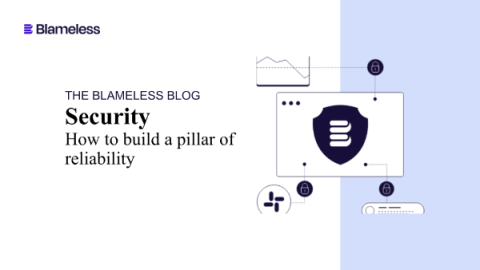What is Vulnerability Management?
Vulnerability management is a critical aspect of a cybersecurity strategy. It refers to the systematic and ongoing process of identifying, classifying, prioritizing, and addressing security vulnerabilities in a network environment. This proactive approach to network security aims to minimize the risk of exploitation by attackers. Vulnerability management is about staying one step ahead of potential threats.











